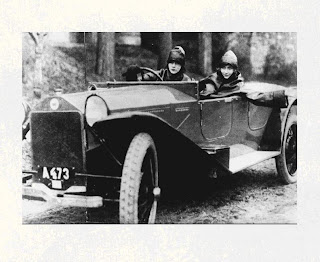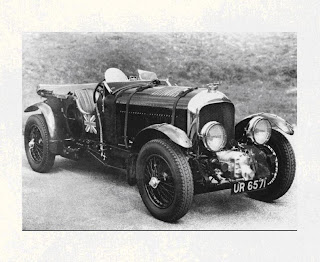The Detroit
The earliest thinking behind the MPV (multi-purpose vehicle or multi-passenger vehicle) format as we recognize today can be traced back to 1935 and William Bushnell Stout’s Scarab.
This Detroit
































